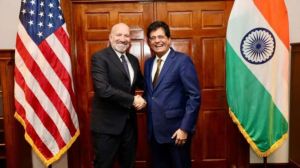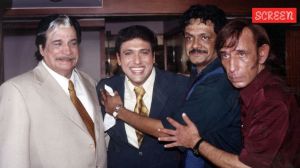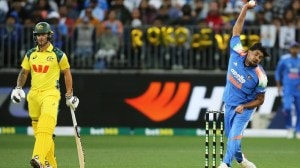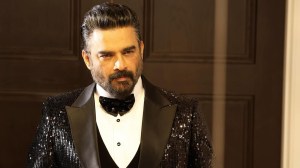Branding the wild
Be it a website,awards,trusts or employee initiatives... caring about nature is second nature to peacemakers in the man-animal conflict.
Be it a website,awards,trusts or employee initiatives… caring about nature is second nature to peacemakers in the man-animal conflict.
It would have ended up being just one of those random numbers that are thrown at us occasionally. But one campaign made sure that 1,411 remains etched in our memory and conscience as the number of tigers left in India.
Save Our Tigers by Aircel is arguably Indias biggest wildlife ad initiative. Effective branding has made the campaign,and,in turn,the cause,stand out from the clutter and maximise the chances of spreading awareness about it.
And,of course,who has not heard about PETA (People for Ethical Treatment of Animals),an NGO that has got Pamela Anderson,Drew Barrymore,Paul McCartney,Alicia Silverstone and many Indian artistes to campaign for animal-related causes in their rather eyebrow-raising ads.
Elaborating about the Save Our Tigers campaign,an Aircel spokesperson says,We wanted to create awareness about the situation on the ground. If you just hand out a few documents packed with statistics,who will notice? We need to create a campaign for
effective communication (to drive home the message about the need to save our vanishing tigers). Aircel is partnering with WWF-India,a leading nature conservation NGO.
Apart from Aircel,WWF-India has also partnered with other companies in such initiatives. Madhur Das,director,conservation alliances,WWF-India,adds,In the past five to seven years,the number of organisations taking up issues like wildlife has gone up. In another famous campaign,the Titan-WWF watch collection focuses on six endangered species,including the tiger,rhino and olive ridley turtle.
Harish Bhatt,COO,Titan,says,A company like Titan,with its large consumer base,can really pull off the awareness part quite well. Our showrooms across the country serve as communication points for the cause itself and help in creating awareness.
And if you have celebrities putting their weight behind the cause,then the message gets a lot more effective. Famous cricketer Anil Kumble,who is now vice-chairperson of the State Wildlife Board of Karnataka,says,Everyone out there has to realise that wildlife is a part and parcel of our lives and survival. If I can contribute in getting that message across effectively,it’s an ideal situation. For Kumble,its not a one-off campaign. He adds,I don’t just lend my name to the cause,but I actually work at the grassroots for it.
Shades of wildlife conservation were observed in the branding of two major events that the country hosted in the past three years. Both the Commonwealth Games (CWG) in Delhi in October this year and the Commonwealth Youth Games (CYG) in Pune in 2008 were positioned as Green Games and had tigers as mascots. One of the objectives of having Shera as the mascot for CWG 2010 was for it to act as a reminder of the fragile environment in which tigers dwell and to urge us to protect their eco-system. Similarly,Sheras younger cub-brother Jigrr,mascot of the CYG 2008,too,pitched in.
Shera is now extremely popular and people develop an instant affinity for it,which is the first step towards actual action, says Sonia Manchanda,principal designer,Idiom Design and Consulting,the firm that worked on the CWG designs,including on Shera.
Agreeing with her,Shivanad Mohanty,national creative director,Dentsu Communications,adds,Awareness precedes action and is a prerequisite for it. And civil society needs to wake up and create the required momentum for things to really move on the ground. Mohanty was behind the creative planning and execution of the Aircel campaign.
It needs an enabling environment,though. Leading brand strategist Harish Bijoor says,There needs to be a focused approach for such campaigns to be effective and to get things moving. That focus can come from using a multi-media approach to feed the public, as the people need to be activated into action by the campaign. Unfortunately,that really hasnt happened. However,I think its just a matter of time. We are certainly evolving into a more aware and animal-friendly society.
Ad guru Prahlad Kakkar would want companies to go a step further. He says,After you have galvanised people and got them pumping and ready for making a change,there is no one to tell them what to do. Companies need to see the campaign through by telling people how they can actually contribute to making a difference where it really matters. Maybe it’s time for another set of ad campaigns to take off.





- 01
- 02
- 03
- 04
- 05


























